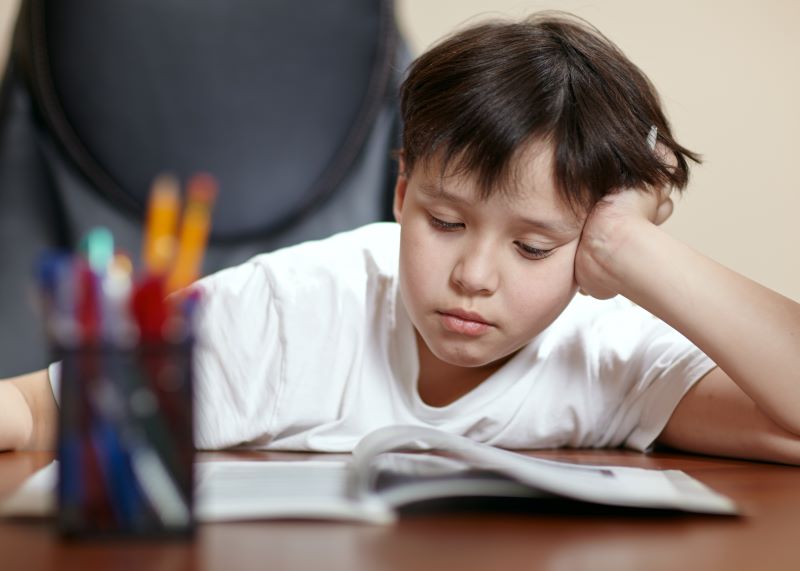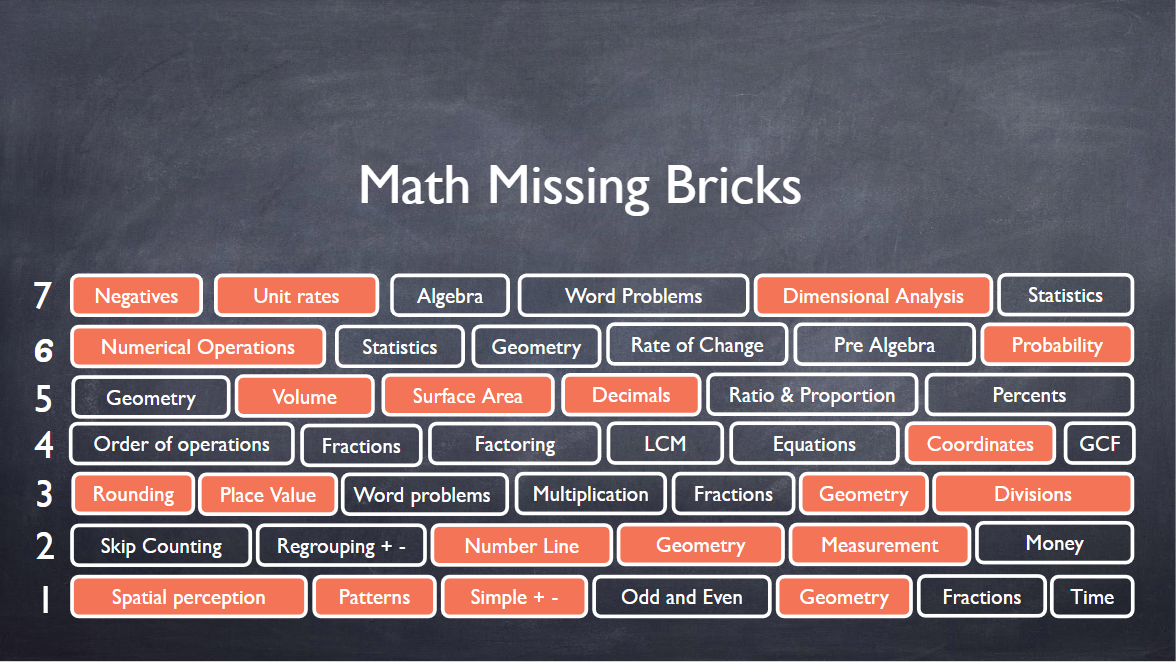
Children require about 9 hours of sleep per night. But with television, video games, and social media, it is no surprise that most children get much less sleep than what is required. Recently, Gibson and colleagues (2006) conducted a study in school aged children and found that at least 70% of the students in their study got less than 8 ½ hours of sleep per night. A whole 30 minutes less than what is required. Although that may not seem like much of a loss, the average sleep time of the over 3000 students surveyed in the study was about 7 ½ hours, which is a whopping 1 ½ hours less than what they needed to optimally function the next day. No big deal, right? WRONG. It is a big deal and let me explain why.
A lack of sleep is often due to poor sleep hygiene. Sleep hygiene is simply the habits that either lead to or prevent sleep on a daily basis. In children, inappropriate sleep hygiene has been linked to daytime sleepiness, decreased cognitive functioning, decreased academic performance, increased aggression, and behavioral problems (Dahl & Lewin, 2002; Drake, Nickel, Burduvali, Roth, Jefferson & Badia, 2003; Steenari, Vuontela, Paavonen, Carlson, Fjallberg & Aronen, 2003). So, as you can see, children not getting enough sleep is a huge deal. It can affect their thinking and behavior, and lead to negative school outcomes.
Although a lack of sleep can be due to a variety of internal factors, like a shift in circadian rhythms during puberty and sleep disorders, studies have shown that extrinsic factors are also very relevant. Issues such as early school times, stress, caffeine and sugar consumption, using electronic devices at bedtime, and using the bed for other activities have been linked to sleep deprivation. Studies have shown that improving sleep hygiene can improve quality of sleep, and parents should be aware of the factors that may be affecting their child’s ability to go to sleep, stay asleep, and wake up refreshed (Moseley & Gradisar, 2009; Brown, Buboltz & Soper, 2006).
Using the F.E.R.R.E.T. Acronym
Parents should try to inforce a 9-hour sleep policy and one way to encourage good sleep hygiene is by using the F.E.R.R.E.T acronym. Developed by researchers Tan, Healey, Gray & Galland (2012) F.E.R.R.E.T provides basic guidelines for sleep that can be easily implemented. Ferret stands for food, emotions, routine, restrict, environment, and timing. Each letter is associated with several rules that will be included in the table below and adults having trouble with sleep quality can incorporate the F.E.R.R.E.T. acronym as well.
|
Theme |
Rule 1 |
Rule 2 |
Rule 3 |
|
Food |
Don’t drink anything 30 minutes before bed |
Stay away from food and caffeine 3 hours before bed. |
|
|
Emotions |
Set a time during the day for things you want to think about or plan |
Wind down and relax 30 minutes before bed |
Try not to worry, think about things, or plan things in bed |
|
Routine |
Wake up and go to bed the same time everyday |
Bring light into your room when you wake up and dim the lights before bed |
Your sleep routine should be kept the same everyday |
|
Restrict |
No electronic media (ipods, phone, tv, etc.) 30 minutes before bed |
No exercise 3 hours before bed |
Don’t do anything else in bed except sleep (no eating, or homework) |
|
Environment |
You should be comfortable in your pajamas in your bedroom |
Control light, temperature, and noise |
Keep clocks faced away from your bed |
|
Timing |
Try not to sleep more or less than your recommended amount of sleep |
The rules have been kept at 30 minutes before bed or 3 hours for you to remember them easily
|
Try to stick to the rules
|
Remember, consistency is key!
References:
Gibson E., Powles A., Thabane L., O’Brien S., Molnar D. S., Trajanovic N., Ogilvie R., Shapiro C., Yan M. & Chilcott-Tanser L. (2006). ‘Sleepiness” is serious in adolescence: two surveys of 3235 Canadian students. BMC Public Health. 11(6).
Dahl, R. E., & Lewin, D. S. (2002). Pathways to adolescent health sleep regulation and behavior. Journal of adolescent health, 31(6), 175-184.
Drake, C., Nickel, C., Burduvali, E., Roth, T., Jefferson, C., & Badia, P. (2003). The pediatric daytime sleepiness scale (PDSS): sleep habits and school outcomes in middle-school children. SLEEP-NEW YORK THEN WESTCHESTER-, 26(4), 455-460.
Steenari, M. R., Vuontela, V., Paavonen, E. J., Carlson, S., Fjällberg, M., & Aronen, E. T. (2003). Working memory and sleep in 6-to 13-year-old schoolchildren. Journal of the American Academy of Child & Adolescent Psychiatry, 42(1), 85-92.
Moseley, L., & Gradisar, M. (2009). Evaluation of a school-based intervention for adolescent sleep problems. Sleep, 32(3), 334.
Brown, F. C., Buboltz Jr, W. C., & Soper, B. (2006). Development and evaluation of the Sleep Treatment and Education Program for Students (STEPS). Journal of American College Health, 54(4), 231-237.
Tan, E., Healey, D., Gray, A. R., & Galland, B. C. (2012). Sleep hygiene intervention for youth aged 10 to 18 years with problematic sleep: a before-after pilot study. BMC pediatrics, 12(1), 189.





